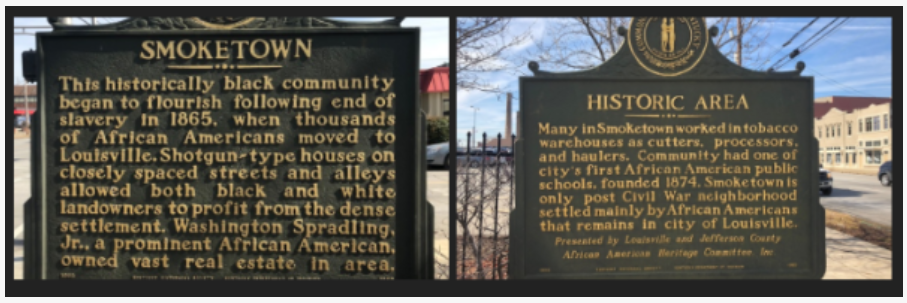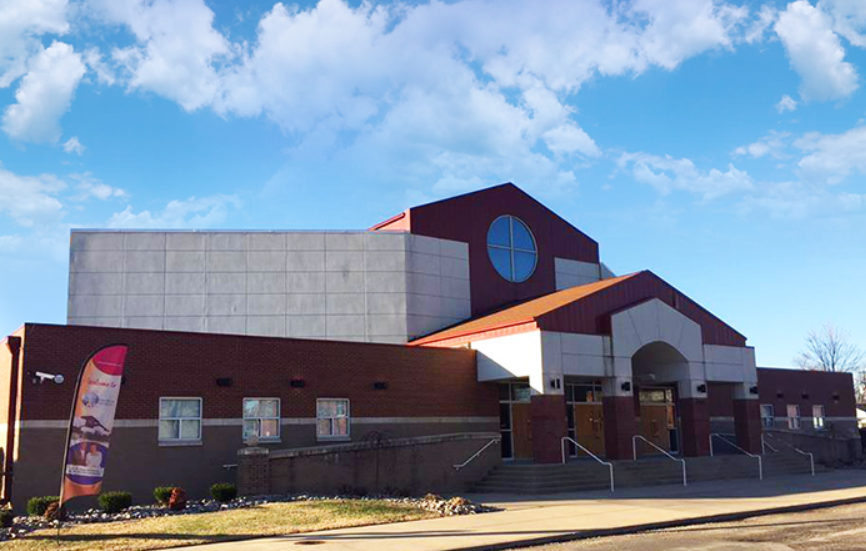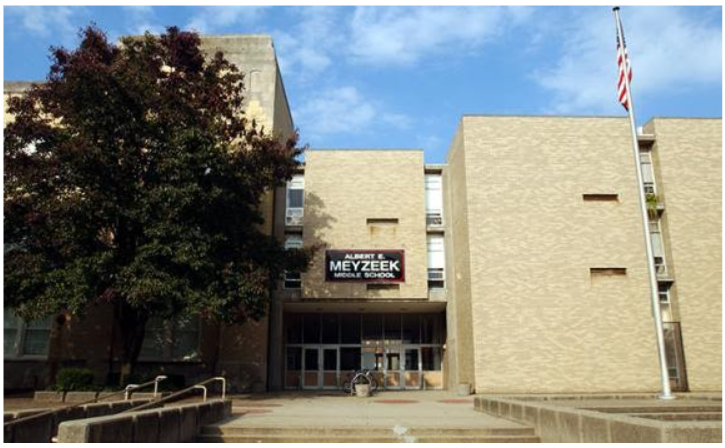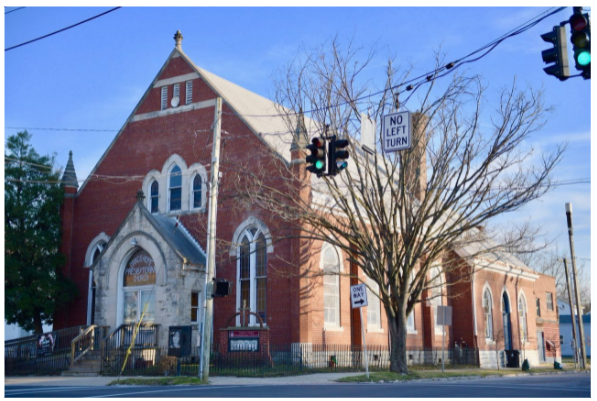This post was written by Tahjená Muldrow, one of Center for Neighborhoods’ Community Liaisons. Tahjená works with the residents of Smoketown in her role as a Community Liaison. CFN’s GIS & Data Coordinator, Christi Stevens, used this narrative to build a story map of Historic Smoketown.

Smoketown is a historically black neighborhood located just miles from Louisville’s central business district. Deeply rooted in culture and etched in history, Smoketown is the only remaining Louisville neighborhood that reflects the continuous presence of African Americans since the Civil War. In search of greater opportunity, thousands of emancipated slaves from around rural Kentucky arrived in Smoketown after the Civil War. Many of these emancipated slaves found work in the tobacco warehouses surrounding the neighborhood. Those same tobacco warehouses, in addition to smoke-producing brick kilns, contributed to the neighborhood’s name, Smoketown. The historically significant neighborhood was also called “Frogtown” after the clay that lay under Smoketown was mined out, its nickname reflecting the abandoned, water-filled clay pits that attracted frogs. The newly emancipated slaves are also credited for building the many shotgun houses that Smoketown is renowned for.
Smoketown is home to many assets that serve all of Louisville, not just the Smoketown community. These assets include many churches and institutions that have provided important social services for generations. Bates Memorial Baptist Church, founded in 1918, has been a strong pillar of the Smoketown community and Louisville as a whole since 1918. Bates not only serves those who attend the church, but everyone in need through the Bates Community Development Corporation (BCDC). BCDC operates on a three core pillar model of community impact: community development, economic empowerment, and family stabilization. Through community development, BCDC focuses on projects that improve infrastructure and community assets. BCDC economically empowers all residents through educational and assistance programs that support them as they move toward economic and financial self-sufficiency. Understanding the challenges faced by many Smoketown residents, BCDC offers various front line services, such as a food pantry and clothes closet, to assist families with daily needs.

In addition to a host of churches, Smoketown is home to a middle school named after a very prominent man in Louisville’s history. Meyzeek Middle School is named after Albert E. Meyzeek. Albert E. Meyzeek was one of Louisville’s most formidable, independent, and highly respected African American leaders. Meyzeek helped create the YMCA at 12th and Chestnut St., worked as a probation officer, and served as a member of Kentucky’s State Board of Education and president of the Kentucky Negro Educational Association. Additionally, his investigation of poor housing for African Americans led to the founding of the Louisville Urban League but the trailblazing didn’t end there. Meyzeek led the successful campaign for the nation’s first two African American libraries, both of which remain standing in Louisville today. The Eastern Colored Branch Library was the nation’s second Carnegie-endowed library for African Americans that opened in 1914. Although the library is closed, the building remains in Smoketown today. Meyzeek also served as principal of several African American elementary schools in addition to his principalship at Central High School. After passing the exam for principalship, Meyzeek was sent to work at the elementary school known as The Booker T. Washington School. The Booker T. Washington School was built in 1874 as the Eastern Colored School and was one of Louisville’s earliest schools for African Americans. The historic building once known as The Booker T. Washington School is now known as Meyzeek Middle School.

Other important historical assets in the community include the Presbyterian Colored Mission, the Sheppard Square Housing Project, and the Presbyterian Community Center. The Presbyterian Colored Mission began with the founding Hope of Mission in 1898 and Grace Mission in 1899. These missions are now joined together as Grace Hope Presbyterian Church and continue to make an impact in the Smoketown community today. William Sheppard, the first African American missionary to the Congo, served as pastor at Grace Presbyterian from 1912 until 1927. The Sheppard Square Housing Project, built in 1942 as segregated war worker housing, was named after William Sheppard. Sheppard Square remains standing today in the heart of Smoketown as energy-efficient mixed-income housing, revitalized as a result of the 2011 Hope VI grant. The Presbyterian Community Center (PCC) was founded in 1898 by Hope of Mission, later joined by Grace Mission, as a Sunday school for African American children. PCC later became a settlement house and a community center. Its latest evolution is the result of the Hope VI grant. PCC has been remodeled and transformed into housing for the elderly and disabled. The historic PCC building is also now home to the Smoketown Family Wellness Center, a healthcare facility dedicated to providing medical care for children and healthy lifestyle support for the entire family in a community-based setting.

Today, the historically African American neighborhood continues to face challenges regarding land and home ownership among the Smoketown residents. Gentrification has become a threat to Smoketown, but the Center for Neighborhoods has continued to work diligently with the Community Foundation of Louisville and Louisville Metro Housing Authority to ensure land ownership and control remains in the community among residents. The Center for Neighborhoods is currently making efforts to educate the Smoketown community about beginning a Community Land Trust. A Community Land Trust is a way of keeping land ownership among residents, allowing them to control the pricing of the houses occupying the land. The Center for Neighborhoods will be hosting another Community Land Trust Informational for Smoketown in January 2022. Be on the lookout for more details to come!
Smoketown is not only still standing, but still thriving and deeply rooted in culture. Check in with the Smoketown Neighborhood Association for additional historical information and updates within the community.
